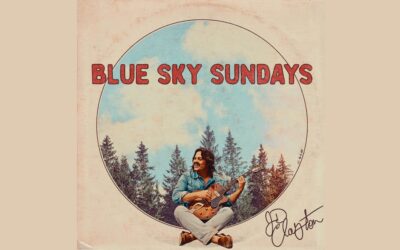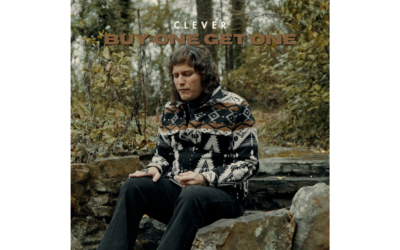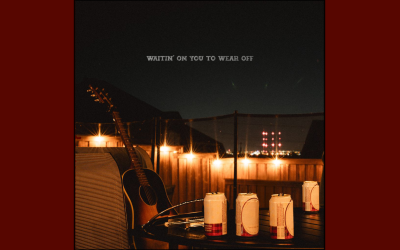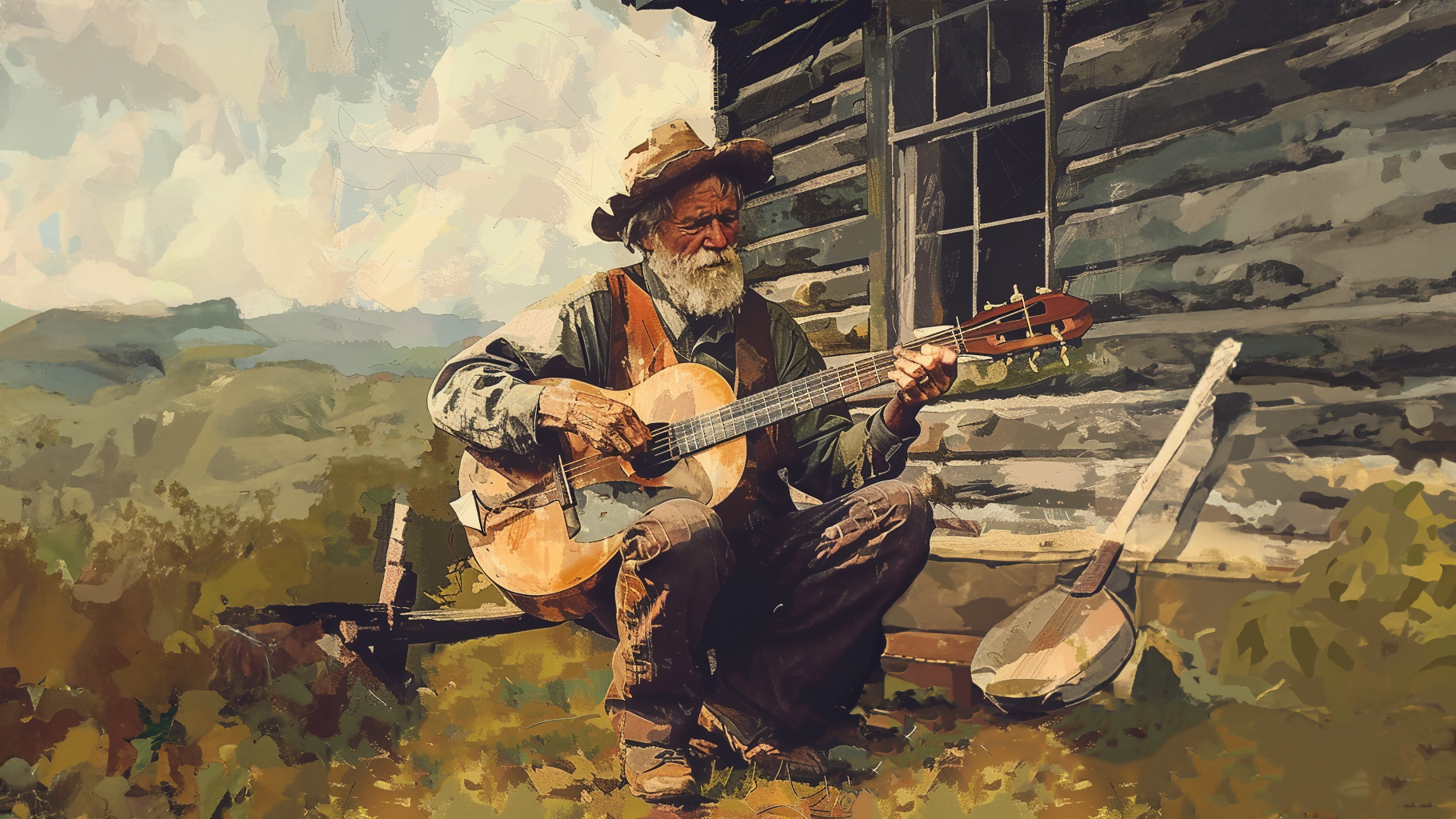
The Appalachian Mountains echo with the soulful strains of old-time music, a genre deeply rooted in America’s diverse cultural tapestry. This traditional art form, born from a fusion of influences spanning the British Isles, African rhythms, and American blues, continues to captivate listeners with its distinctive sound and spirit. From lively fiddle tunes that set feet tapping to haunting ballads that stir the heart, Appalachian music narrates the region’s complex history and ongoing story.
At the heart of old-time music lies an ensemble of stringed instruments – the fiddle, banjo, guitar, and mandolin – creating a rich, melodic tapestry. While often characterized by driving rhythms and spirited tempos, the genre also embraces slower, more contemplative pieces, offering a full emotional spectrum. This versatility contributes to its enduring appeal, evident in the continued popularity of fiddlers’ conventions, house parties, and informal jam sessions.
Despite challenges from the rise of commercial country music, old-time tunes have demonstrated remarkable resilience. They continue to inspire new generations of musicians and listeners, evolving while maintaining their unique identity. However, it’s important to note that while celebrated, old-time music remains a niche genre, its influence sometimes overshadowed by mainstream pop culture.
As we appreciate the cultural significance of Appalachian old-time music, we must also acknowledge the complex realities of the region it represents. Beyond the romantic notions of timeless traditions, the Appalachian area grapples with economic and social challenges. Moreover, the commercialization of folk music has raised questions about authenticity in traditional arts.
Nevertheless, the enduring legacy of Appalachian old-time music serves as a testament to its power. It connects us to our shared heritage, tells stories of struggle and triumph, and continues to evolve with each passing generation. As long as there are mountains to echo these melodies, old-time music will remain a vibrant thread in the fabric of American culture.
Origins and Cultural Influences: The Melting Pot of Appalachian Sound
The Appalachian region, a vast stretch of land extending from southern New York to northern Mississippi, cradles a musical tradition as diverse and rugged as its landscape. This expansive area, encompassing parts of 13 states, has cultivated a sound that defies simple categorization, serving as a crucible for cultural fusion.
While English, Scottish, Irish, African, and Germanic influences are well-documented, the often-overlooked contributions of Native American musical traditions have also left their mark on the region’s sonic landscape. This complex fusion has resulted in a distinctly Appalachian and distinctly American sound.
The British Isles’ contribution forms the warp of this musical fabric. Scottish ballads transformed into uniquely American narratives, while Irish jigs found new life in the spirited fiddle tunes echoing through mountain hollows. The fiddle itself, brought by these settlers, transcended its role as a mere instrument to become the very voice of the hills.
African American influences, though often underrepresented in popular narratives, are integral to the Appalachian sound. The banjo, with its African roots, found a new home in these mountains. Beyond instruments, African rhythms and vocal techniques profoundly shaped the genre’s distinctive character. This cultural exchange, however, was not always harmonious, mirroring the complex racial dynamics of the region.
Native American traditions, particularly those of the Cherokee, add yet another layer of intricacy to this musical mosaic. While their influence has sometimes been overstated, in certain areas, Native melodies and rhythms blended seamlessly with Anglo-Celtic traditions, creating unique local sounds.
Less celebrated, but no less significant, were the contributions of other European immigrants. German and Scandinavian settlers, skilled in instrument crafting, elevated the quality of Appalachian instrumentation. Their musical traditions seeped into the evolving sound, adding subtle harmonic and rhythmic elements that further distinguished Appalachian music from its overseas ancestors.
The resulting fusion is far from a uniform blend. Instead, it presents as a patchwork of local traditions, each community developing its own musical dialect. From the coal mining ballads of West Virginia to the sacred harp singing of Georgia, this diversity challenges any notion of a monolithic Appalachian sound. For instance, the ballad ‘Tom Dooley,’ popularized in the 1950s, originated from a true story in Wilkes County, North Carolina, illustrating how local events became woven into the broader musical tradition.
As Appalachian music evolved, it began to exert its influence on broader American musical traditions. Its impact on country and bluegrass is evident, but its relationship with rock ‘n’ roll is more nuanced, often filtered through these intermediary genres. This influence, however, has not been without controversy, as issues of cultural appropriation and the erasure of minority contributions have long haunted the narrative of American music.
The story of Appalachian music is one of resilience and adaptation. Shaped by cultural exchanges, social upheavals, and the ebb and flow of migration, it continues to captivate audiences across generations. Events like the Rhythm & Roots Reunion in Bristol, straddling the Tennessee-Virginia border, showcase this music’s unity and diversity, where traditional tunes mingle with contemporary interpretations.
As we listen to the songs of Appalachia, we hear not just melodies and rhythms, but the echoes of a complex history and the voice of a living, breathing cultural tradition. It serves as a microcosm of America’s broader musical journey – a testament to the power of cultural exchange, even in the face of social and historical challenges. The ongoing debates within Appalachian communities about preserving authenticity versus embracing musical innovation underscore the dynamic nature of this tradition, ensuring that the story of Appalachian music is far from over.
Historical Context of Appalachian Old-Time Music
While previous sections have explored the diverse cultural influences and geographical scope of Appalachian music, it’s crucial to delve into the historical context that shaped this rich tradition. Far from being a static relic of the past, Appalachian old-time music has been a dynamic, evolving form, responding to the changing tides of history and society.
The narrative of Appalachian music often paints a romantic picture of isolated mountain communities preserving ancient traditions. However, the reality is far more complex and nuanced. While community gatherings indeed played a vital role in musical transmission, Appalachia was never as isolated as popular mythology suggests. The region was part of broader cultural and economic networks, continually absorbing and adapting new influences.
The “folk process” of oral transmission, long celebrated as the primary means of preserving old-time music, tells only part of the story. From the 1920s onward, the advent of commercial recordings and radio broadcasts began to reshape the landscape of Appalachian music. These technological developments not only preserved existing traditions but also influenced what we now consider “traditional” Appalachian music. They allowed for wider dissemination of local styles and facilitated cross-pollination between different musical traditions.
For instance, the song Man of Constant Sorrow has evolved significantly since it was first recorded by Richard Burnett in 1913, with each generation adding its own interpretation. This evolution exemplifies how technological advancements have influenced the transmission and transformation of traditional music.
The instruments associated with old-time music also have a more complex history than often portrayed. While the fiddle and banjo are indeed central to the genre, the prominence of instruments like the dulcimer varies significantly by region. The guitar, now ubiquitous in old-time music, was a relatively late addition, becoming popular in the early 20th century.
It’s crucial to acknowledge that the development of Appalachian old-time music wasn’t always a harmonious process of cultural blending. It reflected—and sometimes reinforced—the power dynamics and racial tensions of the region. The contributions of African Americans, for instance, were often appropriated or erased in historical narratives, a process that musicologists and historians are only now beginning to fully address.
Moreover, the significance of old-time music in Appalachian life has not been constant. Its role has ebbed and flowed with changing social and economic conditions. During the Great Depression, for example, old-time music became a powerful vehicle for expressing the hardships and resilience of Appalachian communities.
Today, Appalachian old-time music continues to evolve. While deeply rooted in tradition, it also engages with contemporary issues and musical styles. This ongoing evolution challenges us to reconsider what we mean by “traditional” music and reminds us that the story of Appalachian old-time music is far from over.
As you can see, the historical context of Appalachian old-time music is not a simple tale of preservation, but a complex narrative of adaptation, innovation, and resilience in the face of changing times. It serves as a testament to the dynamic nature of cultural traditions and the enduring power of music to reflect and shape community identity.
The Evolving Symphony: Instruments in Appalachian Old-Time Music
While previous sections have explored the cultural tapestry and historical context of Appalachian music, it’s crucial to examine the instrumental voices that give this tradition its distinctive sound. Far from being a static ensemble, the instruments of Appalachian old-time music tell a story of cultural exchange, innovation, and adaptation.
Instruments of mention:
• Fiddle
• Banjo
• Dulcimer
• Guitar
• Mandolin
• Autoharp
• Harmonica
• Piano
• Drums
At the heart of the old-time sound lies the fiddle, a legacy of Scots-Irish and English settlers. However, its role in Appalachian music is far from a simple transplantation of European traditions. The instrument’s voice evolved, absorbing influences from various cultures in the region, including African American musical styles. This fusion created the unique, driving fiddle sound that defines much of Appalachian music.
The banjo, with its African roots, stands as a testament to the often-overlooked contributions of African Americans to Appalachian culture. Its journey from African-derived gourd instruments to a quintessential Appalachian voice involves a complex history of cultural exchange and, at times, appropriation. The distinctive clawhammer and fingerpicking styles that developed in Appalachia have become iconic elements of the old-time sound.
While often romanticized as an Appalachian staple, the dulcimer’s role in old-time music varies significantly by region and era. Its sweet, drone-like tones certainly add a unique flavor to the music, but its prominence in popular narratives of Appalachian music sometimes overshadows other important instruments.
The guitar, now ubiquitous in old-time music, is a relative newcomer to the tradition. Its rise to prominence in the early 20th century coincided with the growth of the recording industry, forever changing the rhythmic foundation of Appalachian music. Similarly, the mandolin brought new textural possibilities to the old-time sound.
As we move beyond the core string band instruments, we encounter a diverse array of voices that have colored Appalachian music over time. Autoharps, harmonicas, and even pianos have found their way into old-time ensembles, each adding new dimensions to the music. The occasional appearance of drums, while not traditional, speaks to the genre’s ongoing evolution and its dialogue with other musical styles.
It’s crucial to understand that the instrumentation of Appalachian old-time music isn’t a fixed entity but a continually evolving ensemble. Regional variations abound, with certain instruments holding more importance in some areas than others. Moreover, the impact of commercial recordings and the folk revival movement in the 20th century significantly influenced what instruments were used and how they were played.
The instruments of Appalachian old-time music are not mere tools for creating sound, but living embodiments of the region’s complex cultural history. Each one carries with it a story of migration, cultural exchange, and creative adaptation. As we listen to the interplay of fiddle, banjo, guitar, and beyond, we’re hearing not just a song, but the echoes of Appalachia’s diverse and ever-changing musical heritage.
Pioneers and Innovators in Appalachian Old-Time Music
The rich tradition of Appalachian Old-Time Music has been shaped by countless musicians, each contributing their unique voice to the genre. While many remain unsung heroes, several artists have gained recognition for their contributions to preserving and evolving this musical heritage.
Ola Belle Reed, born in North Carolina in 1916, became a pivotal figure in Appalachian music. Known for her distinctive banjo style and powerful vocals, Reed’s original compositions like High on a Mountain have become standards in the old-time repertoire. Her music often reflected the challenges faced by Appalachian communities, giving voice to their experiences.
Another influential figure is Tommy Jarrell, a fiddler from North Carolina whose style became synonymous with Round Peak old-time music. Jarrell’s rhythmic, driving fiddle technique inspired generations of musicians and played a crucial role in the old-time revival of the 1960s and ’70s.
The Carter Family, while also significant in the development of country music, made substantial contributions to old-time music. Their recordings of traditional Appalachian songs in the 1920s and ’30s helped preserve and popularize the genre, with matriarch Mother Maybelle Carter’s distinctive guitar style becoming a hallmark of the sound.
Moving into more recent times, Bruce Molsky has emerged as a leading figure in contemporary old-time music. A multi-instrumentalist known for his fiddle playing, Molsky bridges the gap between traditional styles and modern sensibilities, demonstrating the genre’s continued vitality.
Rhiannon Giddens, co-founder of the Carolina Chocolate Drops, represents a new generation of musicians exploring the African American roots of old-time music. Her work has brought attention to the often-overlooked Black string band tradition within Appalachian music.
These artists, among many others, illustrate the diversity and ongoing evolution of Appalachian Old-Time Music. From early pioneers to contemporary innovators, they have each played a role in ensuring that the voices of the mountains continue to resonate with audiences old and new.
As these pioneers and innovators shaped and reshaped Appalachian Old-Time Music, the genre continued to evolve. This evolution eventually gave rise to new musical forms, most notably bluegrass. While deeply rooted in the Old-Time tradition, bluegrass emerged as a distinct genre with its own characteristics and pioneers. Understanding the relationship and differences between Old-Time and bluegrass music provides crucial insight into the broader landscape of Appalachian musical traditions.
Bluegrass vs. Old-Time: Roots and Evolution
The Appalachian mountains resonate with the sounds of old-time and bluegrass music, two genres that share a complex and often misunderstood relationship. Old-time music, a cornerstone of Appalachian culture, is characterized by its use of stringed instruments like the fiddle, banjo, guitar, and mandolin. While often associated with lively, foot-stomping tunes, old-time music encompasses a rich tapestry of tempos and moods, from rollicking dance numbers to haunting ballads.
Emerging from this fertile musical soil, bluegrass took root in the 1940s, synthesizing elements of old-time string music with influences from blues, sacred songs, and Celtic traditions. Bill Monroe and his Blue Grass Boys stand as the architects of this new sound, crafting a high-energy, acoustic-driven style that would captivate audiences and inspire generations of musicians.
The development of bluegrass, however, was not a simple linear progression from old-time music. Rather, it represented a conscious creation, a deliberate fusion of various musical elements. This distinction is important, as it highlights the innovative spirit of bluegrass pioneers while acknowledging the deep respect they held for their musical heritage.
Key figures like Earl Scruggs brought revolutionary techniques to the forefront. Scruggs didn’t invent the three-finger banjo picking style, but his mastery and popularization of the technique became a defining characteristic of bluegrass. His partnership with Lester Flatt, culminating in performances on the Grand Ole Opry stage, helped cement bluegrass in the American musical consciousness.
Other influential bluegrass pioneers, such as the Stanley Brothers, also contributed to the evolution of the music genre. As time went on, bluegrass music began to blend with other styles like country music and folk music, further shaping its development.
This evolution of bluegrass evolved continues to spark debates within the community about authenticity and tradition. This tension between preservation and innovation continues to shape the genre today, mirroring similar discussions in the old-time music community.
It’s worth noting that while old-time and bluegrass share many commonalities, they also have distinct identities and communities. Some old-time musicians view bluegrass as a commercialization of their tradition, while some bluegrass players consider old-time music less technically demanding. These perspectives highlight the complex relationship between the two genres.
Key differences include:
Instrumentation: While both genres use similar instruments, bluegrass typically adds the resonator guitar (dobro) and emphasizes the mandolin more prominently.
Playing Techniques: Bluegrass banjo players often use the three-finger picking (as mentioned above), contrasting with old-time’s clawhammer technique.
Vocal Style: Bluegrass is known for its high, lonesome sound and intricate vocal harmonies, while old-time music may feature unison singing or solo vocals.
Performance Structure: Bluegrass emphasizes individual virtuosity, with musicians taking turns playing improvised solos. Old-time music focuses more on the collective groove and less on individual showcasing.
Repertoire: While there’s overlap, bluegrass often includes more recent compositions and songs with contemporary themes, whereas old-time music tends to draw more heavily from traditional sources.
Today, both old-time and bluegrass music continue to evolve, each in their own way. The familiar sounds of banjo, fiddle, guitar, bass, and mandolin still ring out at festivals, jam sessions, and recording studios. As these genres move forward, they carry with them the rich history of Appalachian music while continually redefining themselves for new generations of listeners and players.
Preservation and Legacy
As we’ve explored the rich tapestry of influences and instruments that shape Appalachian Old-Time Music, it’s crucial to understand how this vibrant tradition has been preserved and continues to evolve in the modern era. The story of its preservation is as complex and nuanced as the music itself, involving a delicate dance between institutional efforts and living traditions.
The mid-20th century American folk music revival marked a turning point for Appalachian Old-Time Music. This movement, while rekindling widespread interest in the genre, also brought with it a romanticized view of Appalachian culture. Musicians and enthusiasts rediscovered traditional tunes, often presenting them to urban audiences far removed from their original context. This revival, while crucial for the genre’s survival, also raised questions about authenticity and representation.
Institutional efforts have played a significant role in documenting and preserving the music. The Library of Congress, with its extensive archives of field recordings and oral histories, stands as a testament to the importance placed on capturing the voices of Appalachia. However, these preservation efforts, while valuable, often prioritize certain aspects of the tradition over others, potentially overlooking the dynamic, evolving nature of the music in its home communities.
Academic interest has also contributed to the preservation efforts. Publications from university presses and academic publishers have provided scholarly context and analysis. Yet, this academic lens can sometimes distance the music from its living practitioners, turning a vibrant tradition into an object of study.
In recent years, the preservation landscape has been transformed by digital technology. Online platforms and digital archives have democratized access to recordings and information about Appalachian Old-Time Music. This digital revolution has allowed for wider dissemination of the music but also raised new questions about ownership, authenticity, and the role of community in musical traditions.
Moreover, there’s an ongoing debate within the world of Appalachian music preservation. Questions of authenticity, the impact of commercialization, and the balance between preservation and evolution are hotly contested. Some argue for a strict adherence to traditional forms, while others advocate for allowing the music to change and grow with the times.
Perhaps the most critical aspect of preservation is the recognition that Appalachian Old-Time Music is not a static relic but a living, breathing tradition. While institutional efforts play a crucial role, the true preservation of this music happens in the hollows and hills of Appalachia, where musicians continue to play, innovate, and pass on their traditions to new generations.
As we look to the future, the preservation of Appalachian Old-Time Music will likely involve a delicate balance between institutional efforts, community practices, and technological innovations. The challenge lies in honoring the rich history of the music while allowing it the space to grow and evolve, ensuring that it remains a vital, living tradition for generations to come.
Whispers in the Hollow: The Eternal Song of Appalachia
As we’ve journeyed through the rich hisotry of Appalachian Old-Time music, from its diverse cultural roots to its evolving present, we’ve encountered a tradition that defies simple categorization. This music, born in the hollows and hills of Appalachia, tells a story of cultural exchange, resilience, and constant reinvention.
The instruments that give voice to this tradition – the fiddle, banjo, guitar, and more – each carry their own complex histories, emblematic of the broader narrative of Appalachian music itself. These instruments, like the music they create, have evolved over time, adapting to new influences while maintaining a connection to their roots.
Throughout our exploration, we’ve seen how Appalachian Old-Time music is far more than a static relic of the past. It’s a living, breathing tradition that continues to evolve, shaped by each generation that embraces it. The music serves as a mirror to the Appalachian region’s history, reflecting the joys, struggles, and diversity of its people.
From its origins in the cultural melting pot of Appalachia to its current place in the digital age, Old-Time music has demonstrated remarkable resilience. It has weathered changes in technology, society, and musical tastes, always finding new ways to resonate with listeners while maintaining its distinctive character.
Looking to the future, Appalachian Old-Time music stands poised for continued evolution. As new generations of musicians engage with this rich tradition, they bring fresh perspectives and innovative approaches, ensuring that the music remains vibrant and relevant.
In the end, what makes Appalachian Old-Time music truly remarkable is its ability to endure and adapt while maintaining its core identity. It remains a powerful expression of cultural heritage, a link to the past, and a living, evolving art form. As we listen to the haunting strains of a fiddle or the rhythmic pluck of a banjo, we’re not just hearing a song – we’re experiencing the collective memory and ongoing story of a region and its people.
The legacy of Appalachian Old-Time music, like the misty mountains that birthed it, is both enduring and ever-changing. It continues to captivate, challenge, and inspire, inviting each new generation to add their voice to its timeless chorus. As we look to the future, one thing is certain: the story of Appalachian Old-Time music is far from over. It will continue to evolve, surprise, and move us for generations to come.
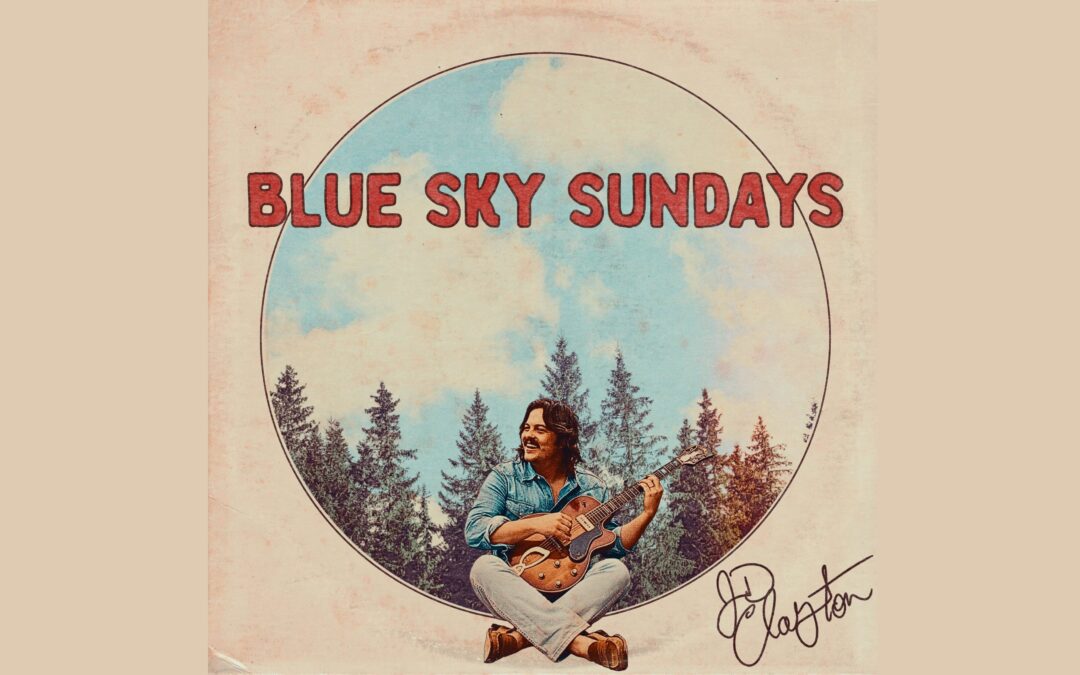
‘Blue Sky Sundays’ – JD Clayton – New Album Review
JD Clayton returns with Blue Sky Sundays, his follow-up to the critically acclaimed 2023 debut, Long Way from Home. This time, he steps into the role of producer, serving up a rich slice of Americana that blends country rock and bluesy roots with even greater depth....
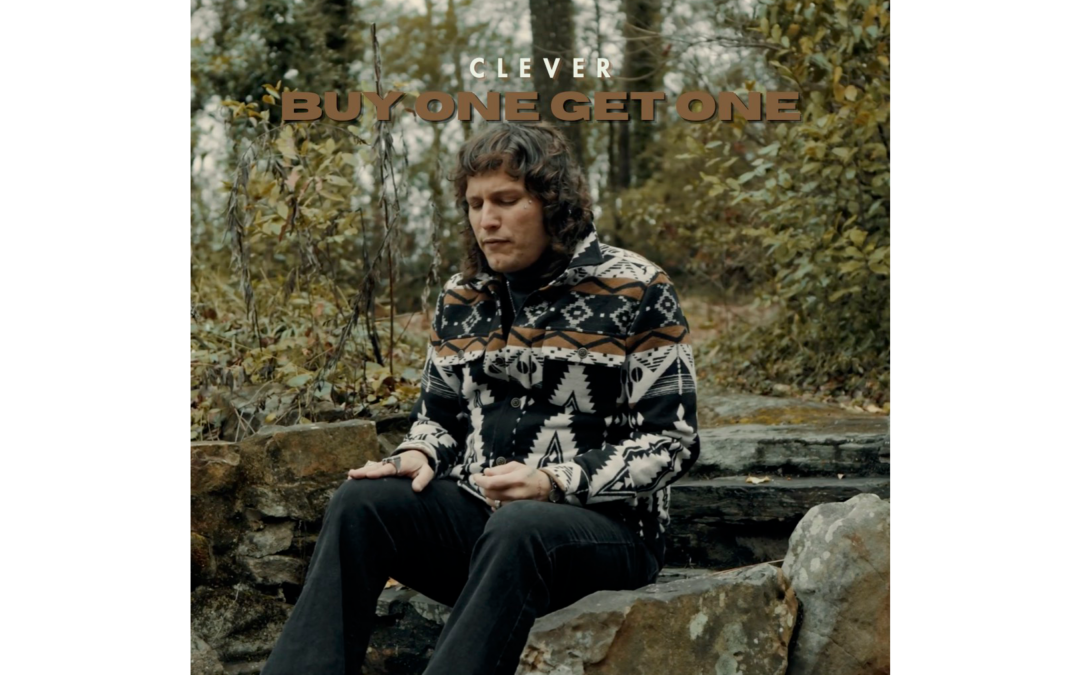
Clever Releases New Single: ‘Buy One Get One’
Clever, the Alabama-born singer-songwriter known for his emotive lyrics and genre-blending style, has just dropped his latest single Buy One Get One. The small-town wordsmith turned country troubadour, doesn't mince words in this earthy ballad. Buy One Get One ain't...
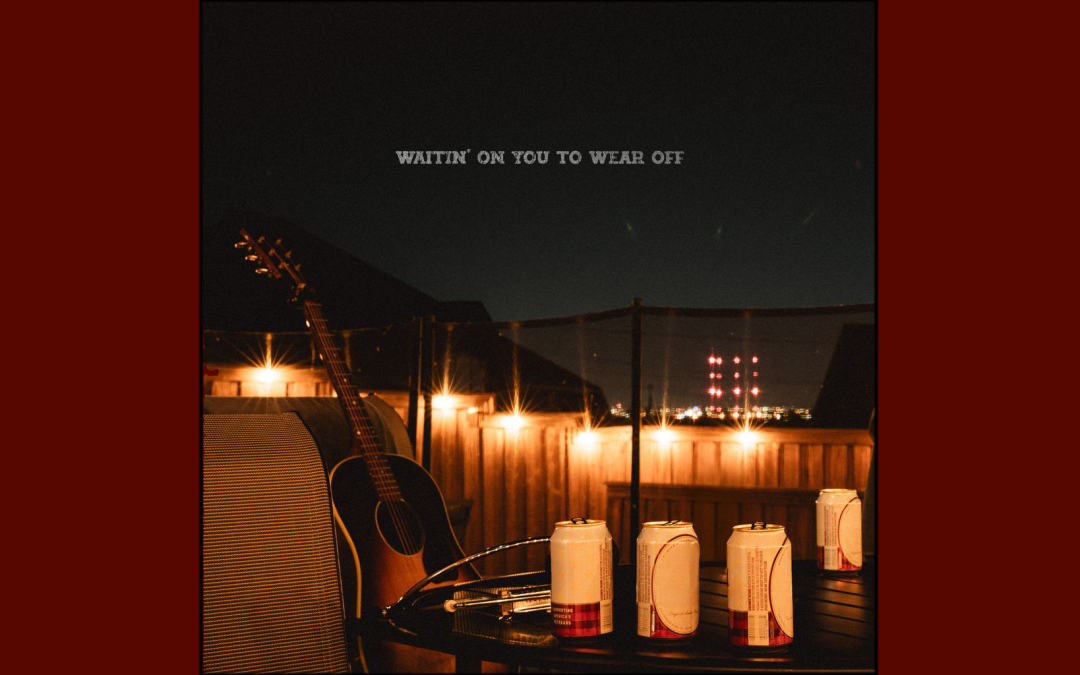
Vincent Mason Releases Latest Single: “Waitin’ On You To Wear Off”
Country music sensation Vincent Mason is kicking off 2025 with a bang, releasing his latest single Waitin' On You To Wear Off on January 10th. The new track, written with Colton Venner and Jack Hummel, showcases Mason's signature style that has captivated fans across...
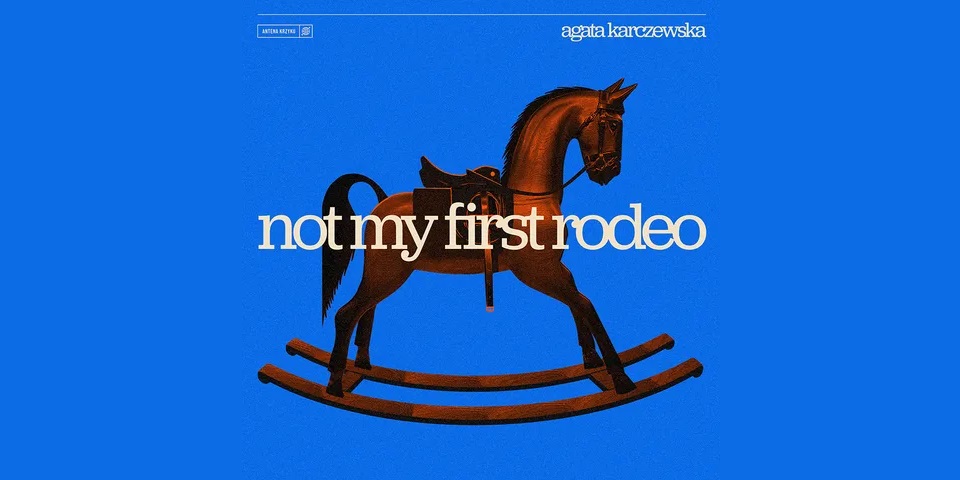
Not My First Rodeo – Agata Karczewska – New EP Review
For those unfamiliar—though frankly, it feels almost criminal to admit it—Agata Karczewska is a Polish singer-songwriter who has been quietly but powerfully carving out her space in the folk-Americana scene. Karcewska has realeased her long awaited EP Not My First...
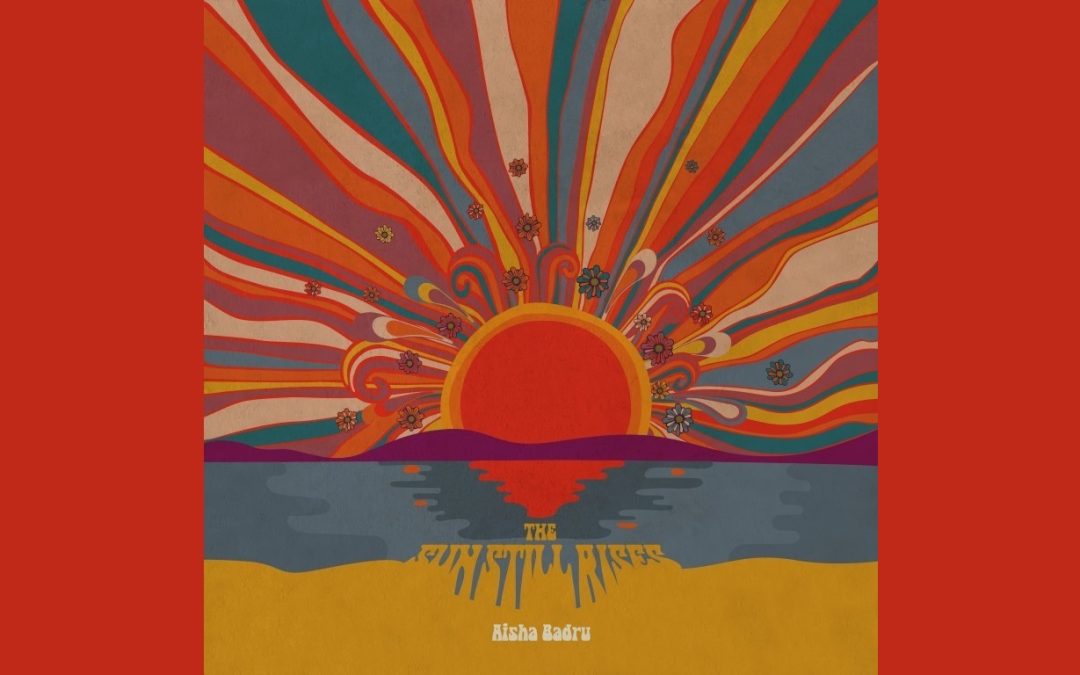
‘The Sun Still Rises’ – Aisha Badru – New Album Review
The Sun Also Rises is Aisha Badru’s second full-length album, following 2018’s Pendulum and four (!) EPs released since then. As a singer-songwriter from New York City, Badru brings her distinctive voice to the forefront of this record. I haven’t listened to any of...
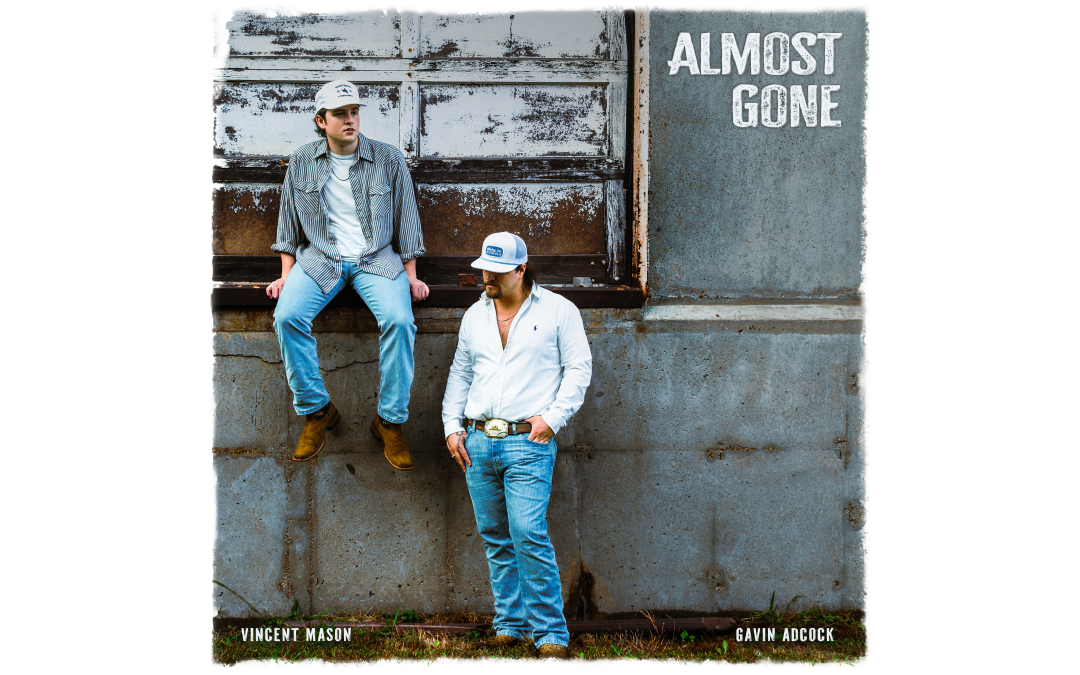
Vincent Mason and Gavin Adcock Release New Single: ‘Almost Gone’
Vincent Mason and Gavin Adcock have just released their new single, Almost Gone. Produced by Jay Rodgers, this heartbreak anthem brings together two rising stars in a collaboration that showcases their undeniable musical chemistry. The emotionally charged track blends...

JD Clayton Releases New Holiday Classic – ‘Your Favorite Christmas Song’
For Arkansas-born singer-songwriter JD Clayton, the holiday season holds a special place in his heart. “Christmas is hands down my favorite time of year,” he shares with a warm smile. “I’ve probably watched White Christmas at least fifty times every holiday season. My...

Vincent Mason Released New Single: ‘Speak of the Devil’ (w/Review)
Vincent Mason, the rising star in country music, has just released his latest single, Speak of the Devil. At just 23 years old, Mason has already made waves in the industry, with his breakout hit Hell Is A Dance Floor racking up over 60 million streams. His raw talent...
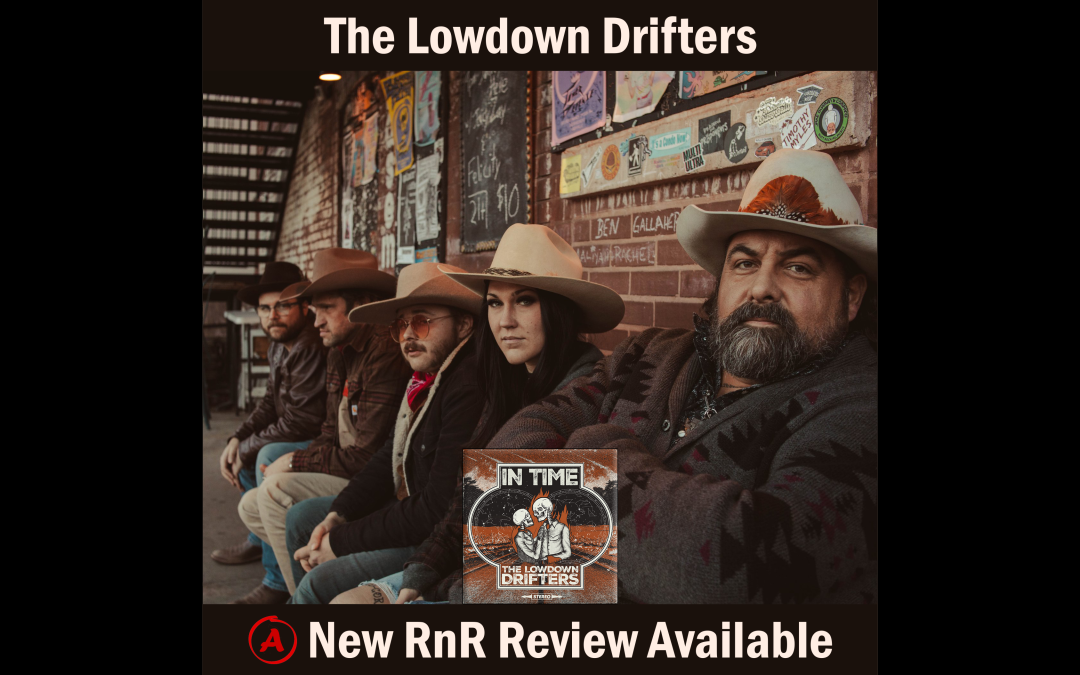
‘In Time’ – The Lowdown Drifters – New Album Review
After nearly a decade of cutting their teeth on the gritty stages of backyards and barrooms, The Lowdown Drifters are making serious strides toward Americana roots prominence with their latest release, In Time, which dropped on October 25, 2024. Hailing from Ft....
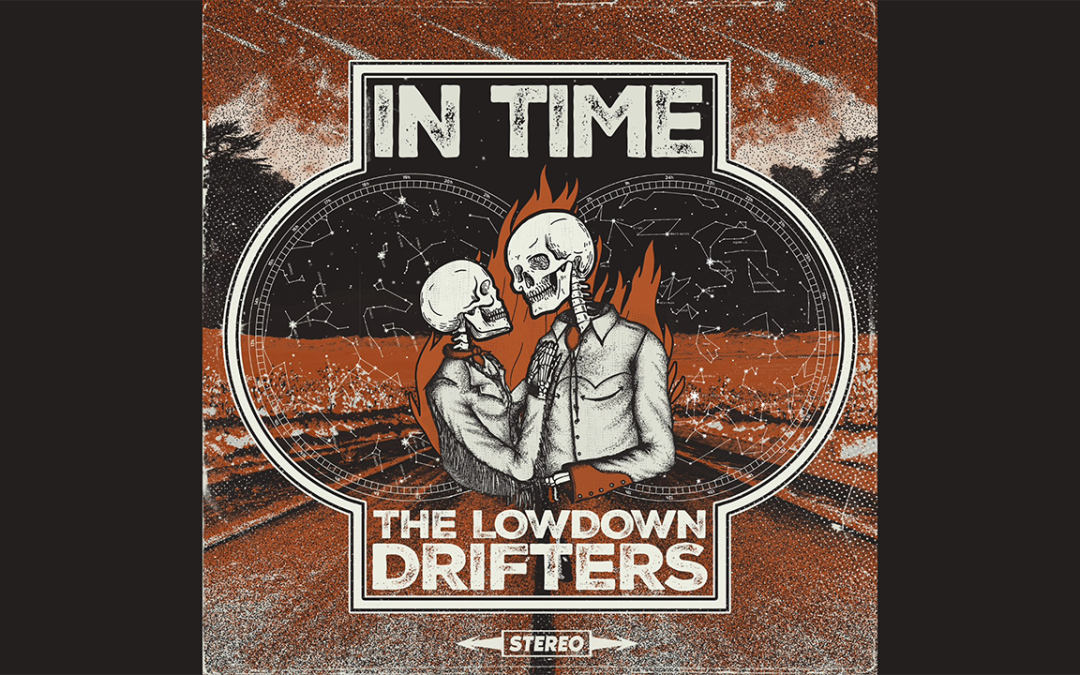
The Lowdown Drifters Release New Album: ‘In Time’
The Lowdown Drifters have just released their newest album, In Time. This dynamic ensemble, led by the soulful and commanding Big John Cannon, masterfully weaves together the threads of country, rock, and heartfelt storytelling. The band has gained significant...

Clever Releases Self-Titled Country EP ‘Clever’ – New Album Review
Who is Clever? Clever aka Joshua "Josh" Tyler Huie is a multifaceted artist from Gadsen, Alabama. Clever’s journey in the music industry started with his moniker, a name earned during early rap battles that showcased his sharp lyrical skills. Since 2006, he’s been a...
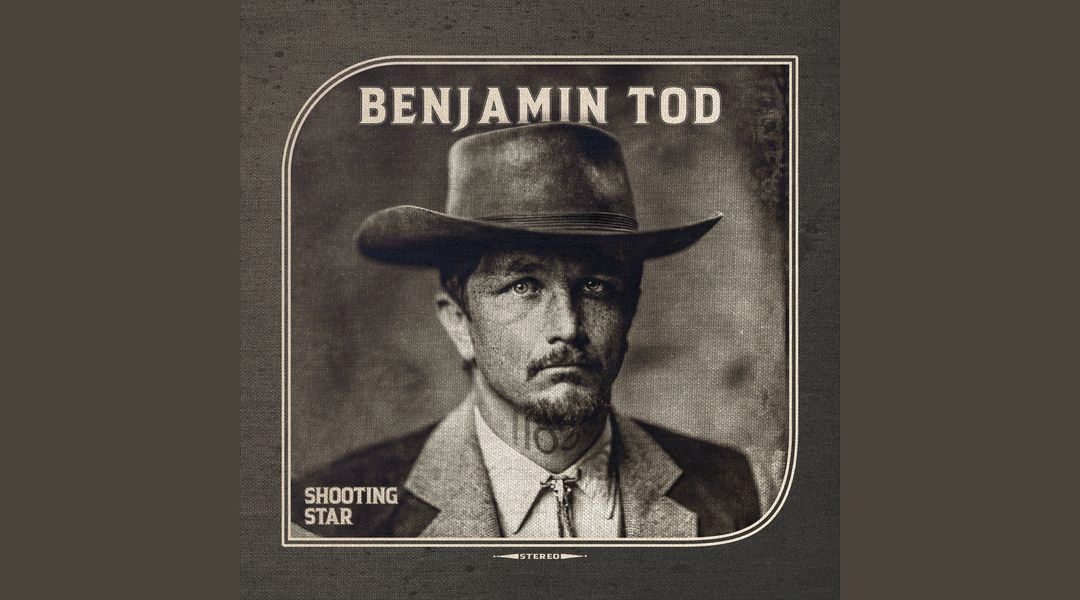
‘Shooting Star’ – Benjamin Tod – New Album Review
Benjamin Tod returns to the spotlight with his latest solo effort, Shooting Star, set for release on October 18, 2024, via Thirty Tigers. For those unfamiliar with Tod’s work—and let's face it, I assume you are if you’re reading this—2024 has marked a creative rebirth...
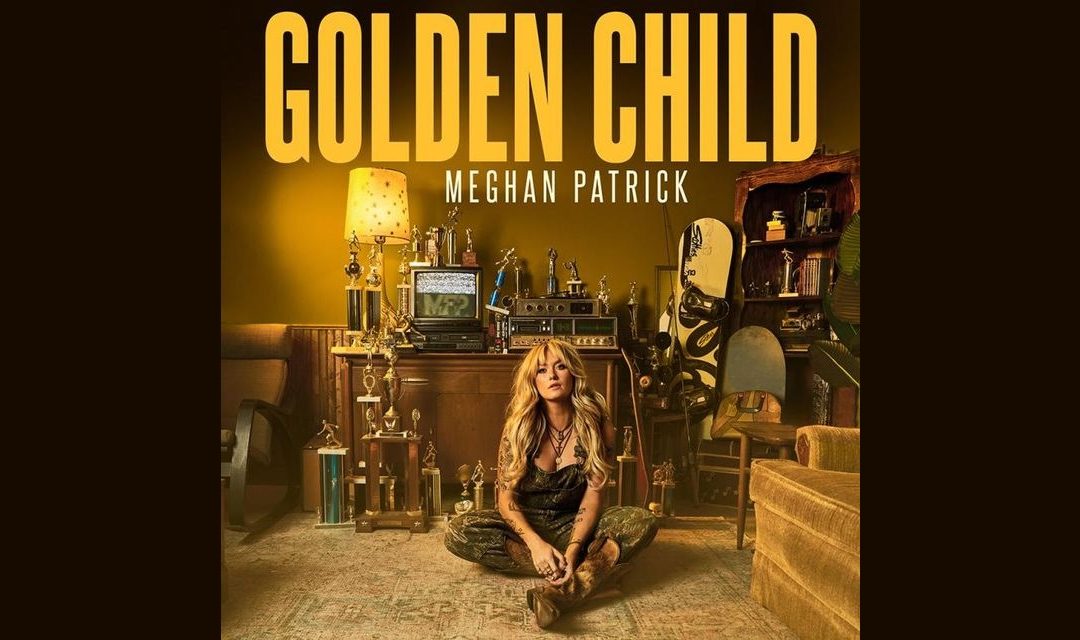
‘Golden Child’ – Meghan Patrick – New Album Review
Meghan Patrick…..well…. is a badass, plain and simple. Her new album Golden Child, dropping October 11th, is my first real dive into the Canadian country star’s world, even though she's been out there grinding for over a decade. Now, full disclosure—when someone sends...
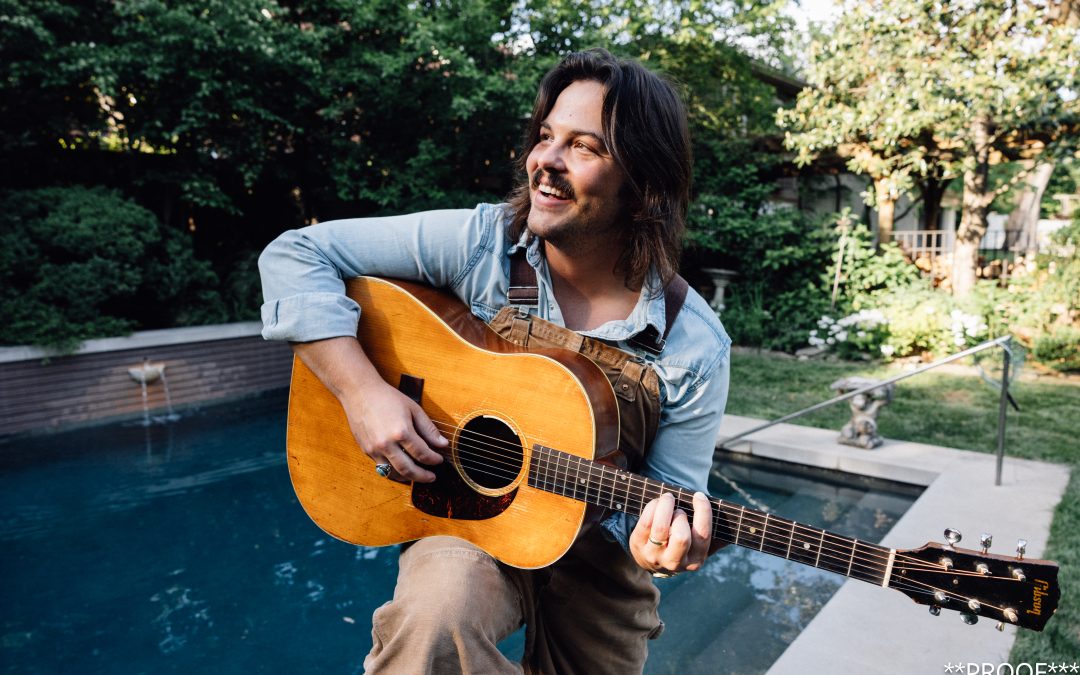
JD Clayton Releases New Single: ‘Dance Another Dance’
JD Clayton has just released his latest single Dance Another Dance. This heartfelt track showcases Clayton's talent as both a singer and songwriter, blending country roots with a modern twist. The single tells the story of a second chance at love, inspired by a...

‘The World as It Used to Be’ – Jamie Sutherland – New Album Review
Jamie Sutherland, frontman of Broken Records, makes a confident return with his second solo effort, The World as It Used to Be. Approaching this album without any preconceptions about Sutherland’s previous work, I was struck by how fresh and evocative it feels—a...
Related Articles
‘Blue Sky Sundays’ – JD Clayton – New Album Review
JD Clayton returns with Blue Sky Sundays, his follow-up to the critically acclaimed 2023 debut, Long Way from Home. This time, he steps into the role of producer, serving up a rich slice of Americana that blends country rock and bluesy roots with even greater depth....
Clever Releases New Single: ‘Buy One Get One’
Clever, the Alabama-born singer-songwriter known for his emotive lyrics and genre-blending style, has just dropped his latest single Buy One Get One. The small-town wordsmith turned country troubadour, doesn't mince words in this earthy ballad. Buy One Get One ain't...
Vincent Mason Releases Latest Single: “Waitin’ On You To Wear Off”
Country music sensation Vincent Mason is kicking off 2025 with a bang, releasing his latest single Waitin' On You To Wear Off on January 10th. The new track, written with Colton Venner and Jack Hummel, showcases Mason's signature style that has captivated fans across...

